What Direction Should a House Face for Energy Efficiency?
-

- Last updated:
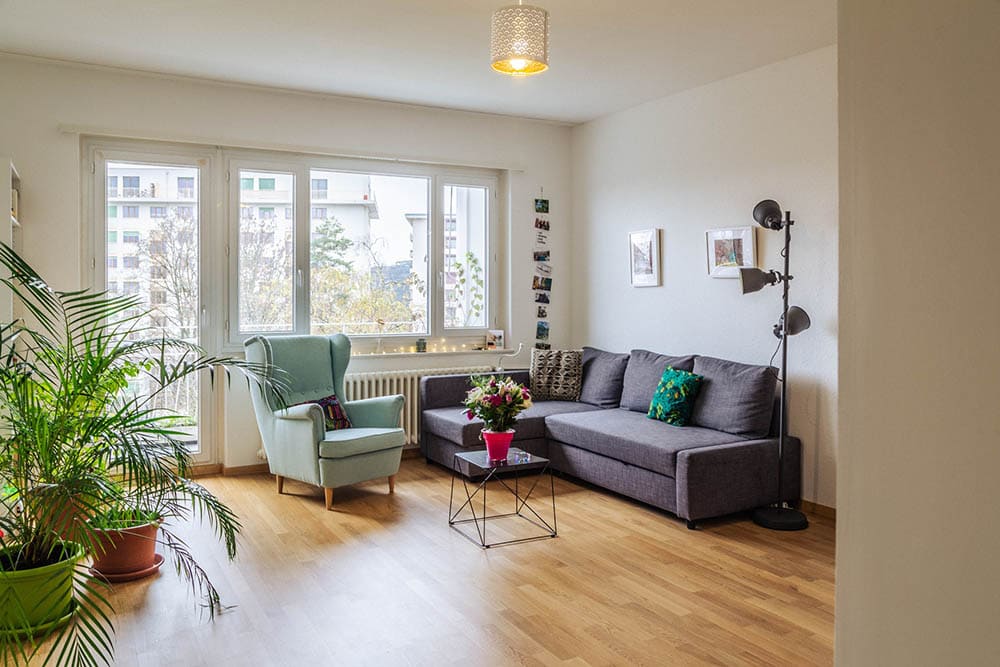
A home’s orientation is a crucial factor that determines how much natural light enters your house. More lighting translates to more heating inside the building, which in turn determines the energy efficiency. Orientation can vary depending on the climate but facing the windows and living areas to True North achieves passive heating and cooling in most environments.
We will discuss why it’s crucial to choose the most energy-efficient direction for your house in the rest of this article. Also, we will dive into the several factors to consider when selecting the proper orientation and the tips and benefits of doing so.
How House Orientation Affects Energy Efficiency
Typically, we lose up to 25% of the energy we use for cooling and heating through the doors and windows.1 If we have leaks resulting from poor installation of doors and windows, we can be sure that energy slowly saps away in the form of cool air or lost heat.
Positioning your house appropriately hugely helps counter heat loss problems. In this case, you should ensure your building takes advantage of the seasonal solar exposure and your region’s climate.
To do this, the first step is understanding the sun’s path in winter and summer to determine how best to face your house for energy efficiency. Doing this will help you save on energy costs in the long run.
Factors to Consider When Choosing a House Orientation
Depending on your area, several factors can determine the best direction to face your house. They include the following:
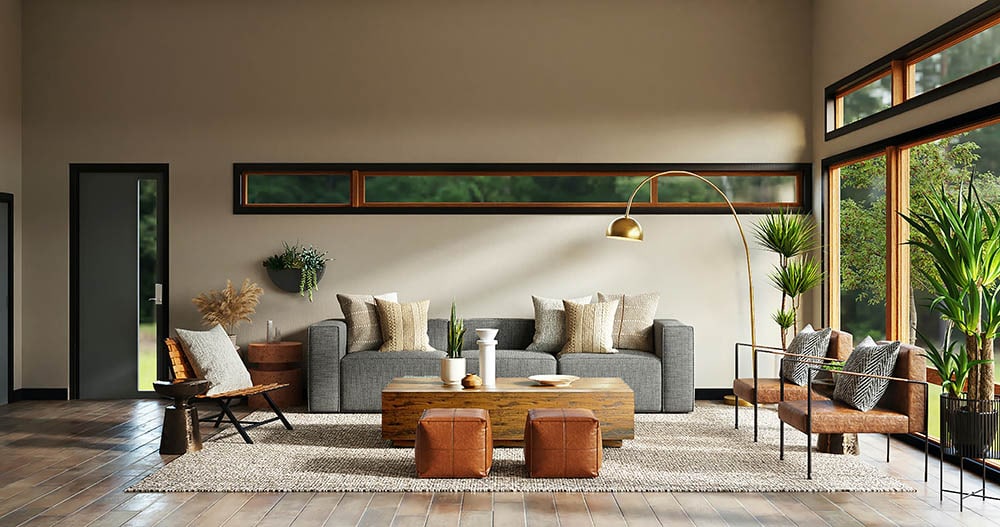
The Sun’s Axis
As a homeowner, you don’t want excessive heat during summer. But at the same time, you’d want to harness the sun’s maximum warmth and light in winter because natural light has numerous health and energy benefits. That’s why it’s important to determine the sun’s path first.
Since the sun rises in the east and sets in the west, it’s a basic understanding that east-facing houses receive the highest amount of light in the morning and west-facing houses in the evening. However, it’s worth noting that the tilt of the Earth’s axis may constantly change its relative position throughout the year.
In the winter, the sun’s arc in the southern sky is low, while being high in the summer. For this reason, you should position your house to limit the northern exposure and maximize the southern exposure. That is, to reduce heating bills, capturing as much direct sunlight as possible in the winter, and blocking it when summer comes around becomes essential.
Wind Direction
The direction of the wind is another major factor to consider before erecting a house. Since you want even ventilation in your house without racking up energy costs, your windows and door should face the direction that offers a cool breeze during the day. Doing this will consequently limit the use of HVAC systems when the inside becomes too warm.
According to Usairnet.com, the most prominent wind direction across the northern regions of the US is the northwest winds, while northeast winds tend to be rampant towards the southern regions. Before deciding to build, it’s important to ensure your house faces the direction from which sufficient wind amounts come.
Winter Snow and Ice
You should also consider that climatic seasons impact your home’s energy performance. If your area typically experiences ice and snow during winter and your house’s main entrance faces north, you can be certain that you’ll experience cold weather challenges during snowfall, which will require you to use more energy to keep warm.
Your home may become a victim of icicles and ice dams because of insufficient direct sunlight. However, if it’s south-facing, your house will receive more sunlight and the snow should melt away quicker than in north-facing buildings.
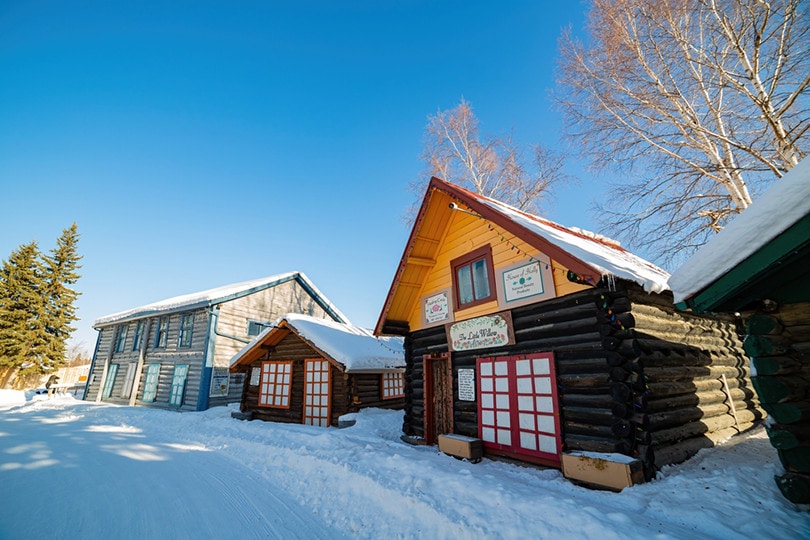
Outdoor Spaces
Depending on your preferences, you can also plan your home’s orientation per your favorite outdoor activities. For example, if you prefer to rest on a cool patio, grill, or balcony, you should opt for a north-facing yard and house. Similarly, if you choose a more serene sight of sun-loving plants, your home and yard should face the northern direction since it receives more sunlight.
Decor Choices
One crucial factor that most homeowners often overlook is their interior decor choices. The amount of light that enters a room significantly affects its decoration. For instance, if you take a west-facing direction, the red and orange hues will illuminate the most at around 2:00 p.m. If you are a fan of dark or bold colors, you may prefer a south-facing house since it guarantees enough light that stands up to intense tones.
Also, if your bedroom’s windows or door faces the east, you must think about the dawn light. You should consider equipping the window with sun-blocking treatments or other sturdy materials.
Topography Effects
Valleys and mountains can multiply the effect of the sun’s position. If you wish to build in the valley, you must be considerate of cold air and drainage concerns. On the other hand, you must acknowledge the potential winter shade if you want to live on a mountain. The most ideal option would be to face your house towards the south to receive enough sunlight when winter comes around.
Also, you should settle halfway up the mountain since going any higher puts you at risk of strong wind gusts, which ultimately contribute to higher energy rates.

Choosing the Best Direction for Your House – Quick Tips
The following is an overview to guide you to erect the most energy-efficient house for your family that maximizes winter sun and cool summer breezes:
Face Your Living Areas to the North or Northeast
We all find the cooling summer breezes and winter sun precious. As such, it’s essential to face your living space in the northeast direction to obtain maximum sunlight during winter and the least heat during summer. If you face the door and windows to the south, you’ll still experience cold in the winter when the weak winter sun pierces through the clouds.
Use the Western Sides of Your House for Utilities
Instead of placing windows and doors towards the western end of your building, consider putting utility areas such as bathrooms and laundry rooms. By doing so, you utilize the barely lit areas for services that won’t require much use and the well-lit areas for the windows.
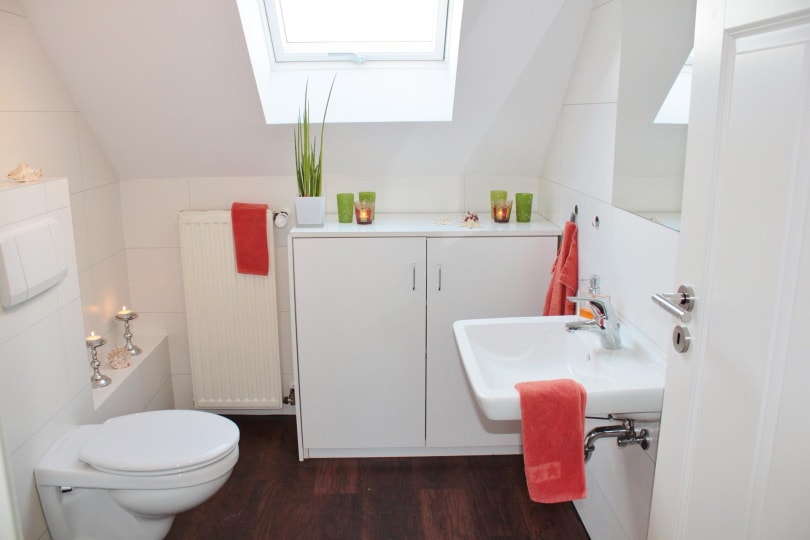
Remove All Vegetation Blocking the Winter Sun
Most preferably, you want a cool shade in the summer but total sunlight in the winter. For this reason, you should get rid of any vegetation that blocks your desired view. While deciduous plants require careful consideration of the ultimate placement and size, you should also consider overhead shelters that will act as a barrier against harsh winds in the autumn.
Avoid Situating Bedrooms Towards the West and East
For optimum comfort, your bedroom should not face the western and eastern ends. This is necessary because, besides causing discomfort, bedrooms in such areas will force you to put other utilities such as garages, laundries, and storage spaces on the northern and southern ends. There will be minimal natural light as a result.
Use Building Materials That Suit Your Climate
Different building materials suit different climatic areas. It’s essential to use the most relevant materials that guarantee passive heating and cooling. For instance, if you live in colder areas, a log home would be better for energy efficiency. Concrete works better in hotter areas since it provides a cooling experience at night.
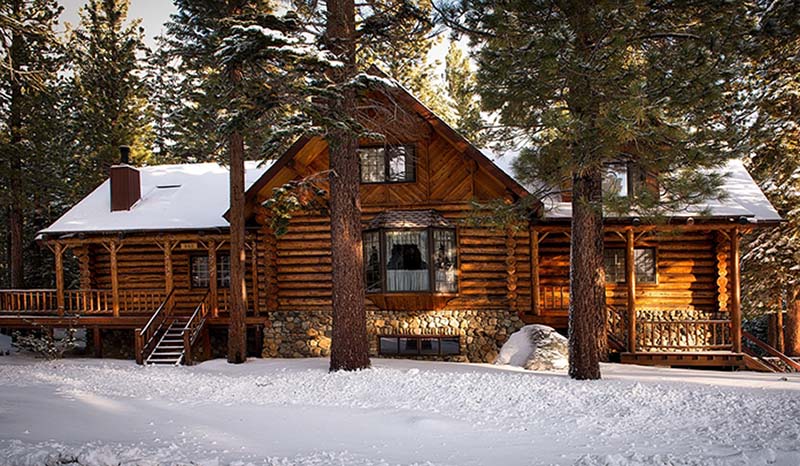
Use Openable Windows
To increase the ventilation inside your house, it’s important to use windows that can be opened when it’s hot and closed when cold. Also, configure them to capture the flow-through of prevailing breezes in a way that improves the cross-ventilation of the house.
Conclusion
Generally, orientation refers to the position of a house in regard to the sun’s path and prevailing wind patterns. Since the two elements crucially affect energy conservation in your home, you should orient your house to face the True North.
A house with its living space and windows facing True North will experience more passive heating and cooling, significantly reducing energy costs. However, this cannot be a fact in all regions across the world.
Some of the factors that determine whether your house needs a different orientation include the effects of topography, wind direction, winter snow and ice, and decoration preferences.
Featured Image Credit: Kyoshi Reyes, Unsplash
Contents

